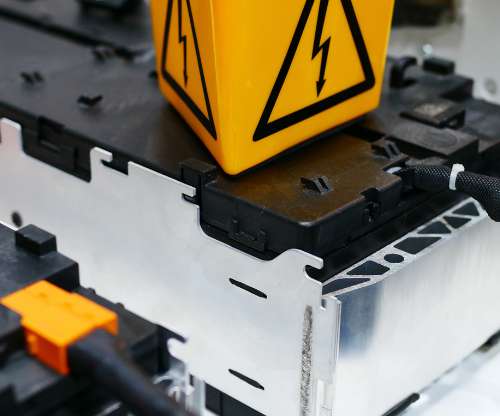FEV working on water injection system using exhaust condensate; fuel consumption improvements up to 16% possible
Green Car Congress
AUGUST 26, 2015
FEV is developing a water injection system for internal combustion engines using condensate from exhaust gases, the “Extended Direct Condensate Injection” system. The concept, as reported in a new paper in the International Journal of Engine Research , demonstrates a potential for efficiency increase of 3.3% – 3.8%






































Let's personalize your content